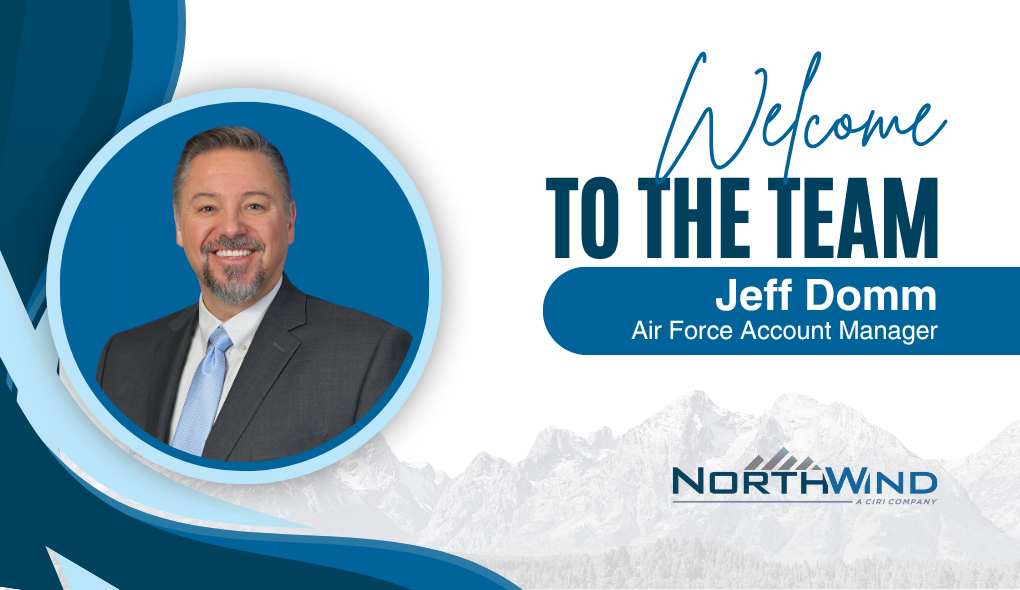Better and Wetter
From the Shoshone News Press:
New Wetlands built between Pinehurst, Smelterville
by Kelsey Saintz, Staff Writer
The West End Natural Infiltration Area took 7 years to permit, but just about 8 weeks to build.
WENI is a new wetlands area that’s being constructed on 18 acres of state-owned land between the South Fork Sewer District Pump Station and the Highway 10 underpass, between Pinehurst and Smelterville.
“It was the perfect place to build wetlands,” said Department of Environmental Quality Remediation Manager Bruce Schuld. The area, between Interstate 90 and the Trail of the Coeur d’Alenes, is remediated ground that was cleaned in the 1990s. However, it wasn’t reclaimed for a future, beneficial use — it wasn’t aesthetically pleasing for I-90 drivers or users of the trail.
“It just seemed to kind of exist,” he said.
Schuld has worked for years to create WENI because the Page Repository is expanding into a wetlands area that’s on contaminated ground. Wetlands provide a refuge for wildlife and house native plants. It’s also a nice view for people. The expansion will be seen by drivers of Silver Valley Road near Page, but will be hidden by wetlands for those driving on the freeway.
A planting crew from North Winds Construction under the direction of Project Superintendent Aaron Rainio and Engineering Manager Susan Firor has been working since the middle of last week to put 23,000 plants — about 20 species — into the ground at the WENI site.
“They’re doing a terrific job,” Firor said. “It’s a neat project and we’ve had a lot of fun.” The planting phase, which includes the use of backhoes, power augers, rock bars and lots of elbow grease, should be complete next month. It’ll have open water near the pumping station and a serpentine-like creek to the other end.
“It’ll be a tremendous improvement for trail users,” Schuld said.
It’ll take between 10 and 20 years for the wetlands area to meet its full potential. In the meantime, some plants may die while others thrive — nature will decide what happens. As with most vegetative areas, wildlife might snack a bit more than humans would prefer.
“We’re trying to plant enough for everyone,” Firor said, laughing.
Compost from the project comes from the Page Repository. Schuld said they’ve been receiving wood waste from the public, the transfer station and other groups, which is turned to compost and mixed with soil at the site. Mulch that’s not matured to the point of compost is put around each individual tree or shrub, giving it the best chance at survival. Each plant is also individually watered.
Using compost from the repository took the compost bill from a possible $250,000 down to $100,000. Building a temporary road that crosses the Trail of the Coeur d’Alenes saves a massive amount of diesel fuel and time — the trip to haul compost could have been a 5-plus mile haul through Smelterville, but is instead a three-quarter mile jaunt. Normally, Schuld said, creating wetlands costs between $65,000 and $70,000 per acre, but he hopes it’ll cost more like $45,000 per acre for WENI.






